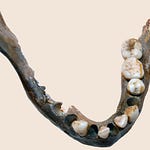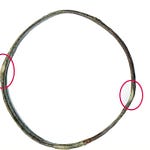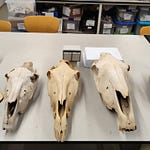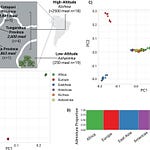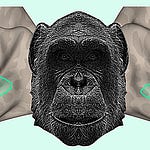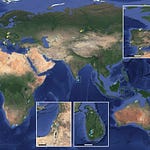The Forgotten Chapter of the Paleolithic World
For much of the twentieth century, the story of how the Americas were peopled began with a single crossing: bands of hunters trudging across the Bering Land Bridge around 13,000 years ago, armed with fluted Clovis points and following Ice Age megafauna southward. It was a clean, linear narrative—the kind that fits neatly into textbooks.
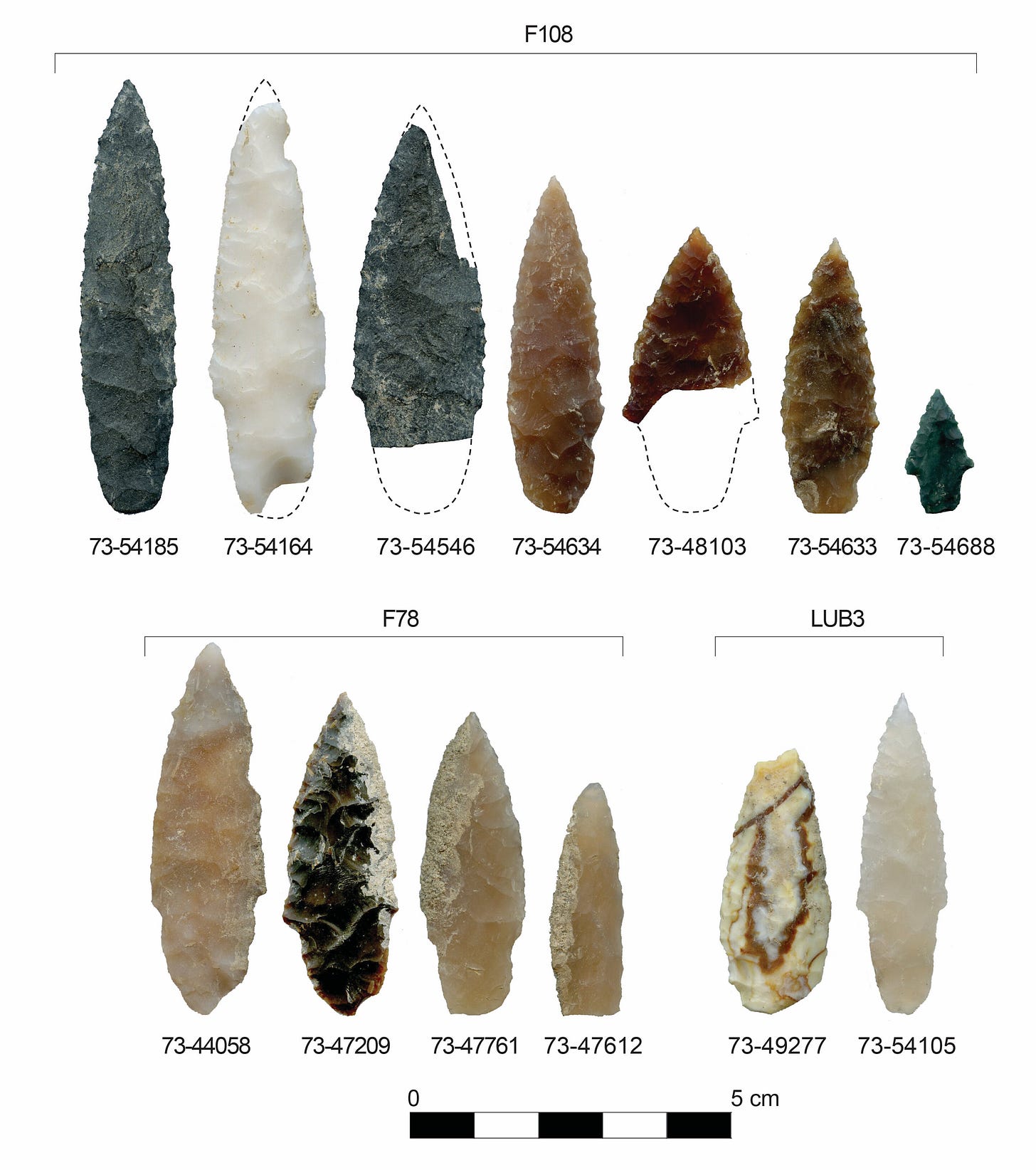
But nature and history are rarely that tidy. A new study published in Science Advances (Madsen et al., 2025)1 redraws that migration map, tracing a deeper, older connection between North America and the Pacific Rim. Using a comparative analysis of stone tool technologies, the researchers argue that the First Peoples of the Americas belonged to a wider Paleolithic world that stretched from Japan to Idaho.
“The First Americans were not cultural isolates, but heirs to a technological tradition that linked them to the hunter-engineers of East Asia,” said Dr. Loren Davis, an anthropologist at Oregon State University and co-author of the study. “Their stone tools speak a language that was once global.”
Listen to this episode with a 7-day free trial
Subscribe to Anthropology.net to listen to this post and get 7 days of free access to the full post archives.




